
Oli Dugmore 4am - 7am
16 February 2024, 14:44 | Updated: 16 February 2024, 14:55
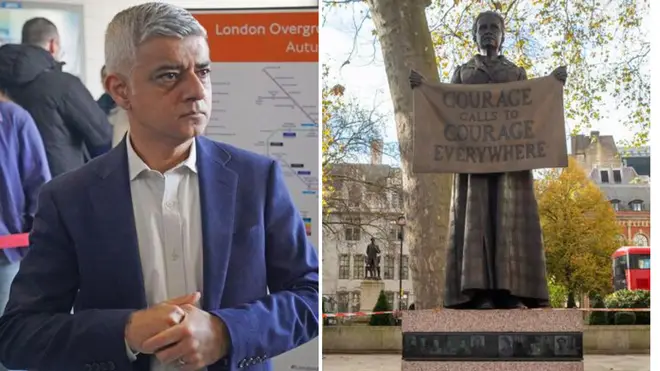
Sadiq Khan has been criticised for using a peaceful Suffragist women's rights campaigner to promote a new Overground line.
The six lines will be renamed and given different colours, after previously all being referred to as the Overground, and being coloured in orange.
Sadiq Khan and Transport for London (TfL) announced the change as a measure to celebrate London's diversity and reduce confusion.
The names of the new lines are: Lioness, Mildmay, Windrush, Weaver, Suffragette and Liberty.
But in a series of tweets promoting the Suffragette line, Mr Khan used the words of Millicent Fawcett - a Suffragist who campaigned for votes for women through legal change rather than violent action.
The Suffragettes orchestrated a bombing and arson campaign between the years 1912 and 1914 as they tried to give women the right to vote.
The Suffragette line
— Mayor of London, Sadiq Khan (@MayorofLondon) February 15, 2024
📍 Gospel Oak to Barking Riverside
Map colour: Green parallel lines
The Suffragette line celebrates the working-class movement born in the East End that fought for votes for women. Barking was home to Annie Huggett, the longest surviving Suffragette. pic.twitter.com/DMbsGggcPj
Millicent Fawcett's saying - "Courage calls to courage everywhere" - is on a statue of her in Parliament Square in central London, an image of which was included in Mr Khan's tweet.
The post said: "The Suffragette line celebrates the working-class movement born in the East End that fought for votes for women".
The Suffragettes fought for women's right to vote through extreme and sometimes violent means, even describing themselves as "terrorists". Their bombing campaign from 1912-1914 killed at least four people and injured 24 more.
Responding to Mr Khan's tweet, journalist Helen Lewis said: "The statue here is Millicent Fawcett, who, rather notoriously, was not a Suffragette. (She was a non-violent Suffragist, which was a far bigger movement.)"
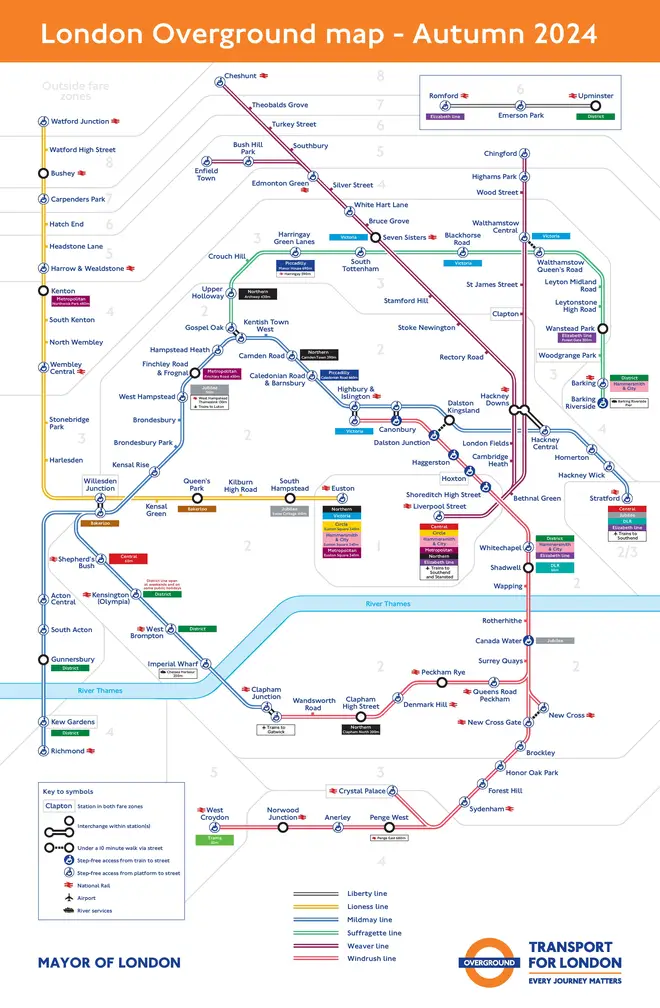
Dr Fern Riddell, a historian of the Suffragettes, said: "I’m all for this, but as the expert on the Suffragettes arson & bombing campaign, did anyone tell the mayor that they liked to put bombs on trains?"
A third person said: "Again erasing the vital role of the suffragists. Also ironic as the suffragettes bombed train stations."
Defending the rebrand decision on Thursday, the mayor of London insisted that the names have pleased “most people”.
He said: “It’s been a long process, we’ve been engaging with customers, communities, people across our city.
“We’ve announced the six names today, not everyone’s going to be happy but we think we’ve managed to please most people which is really important."
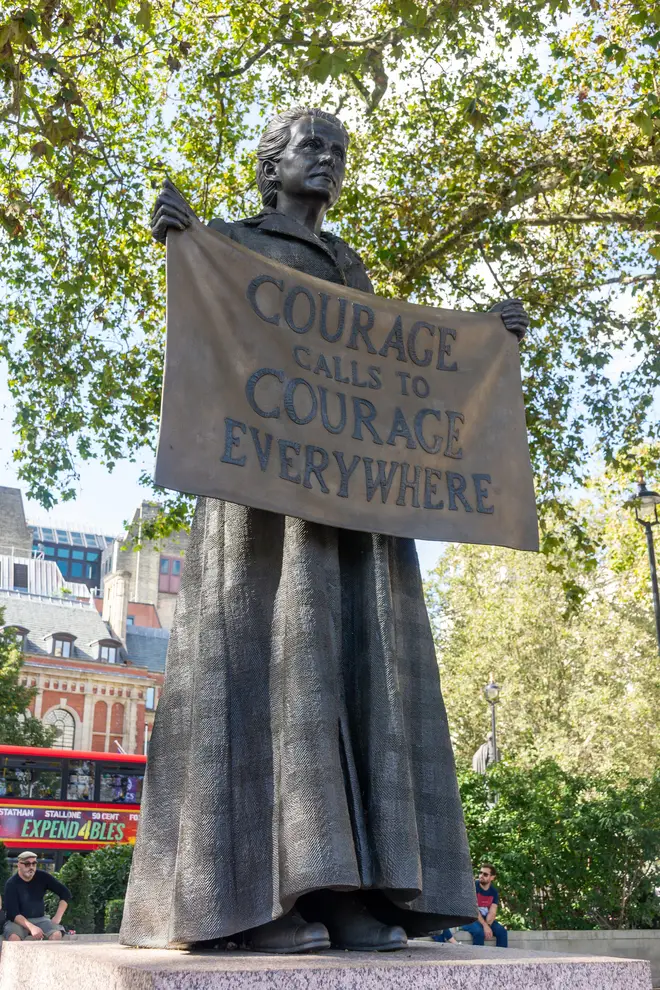
The new line names are:
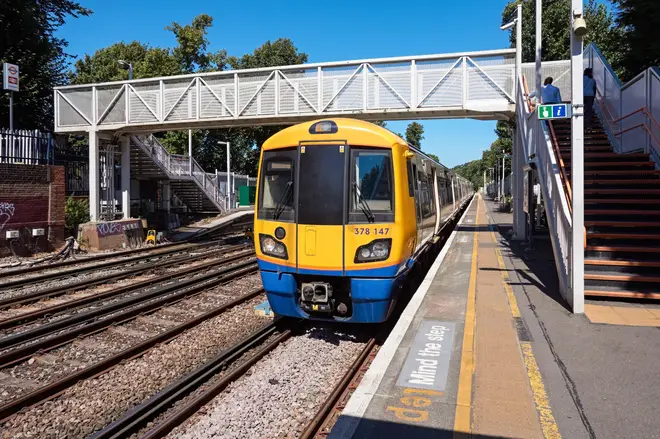
Mr Khan's Conservative opponent Susan Hall is among critics of the rebrand, who said it represented "virtue signalling".
While Keith Prince, transport spokesman for the Conservatives in City Hall, labelled the rebrand a “wasted opportunity”.
Transport for London (TfL) said that the rebranding would reduce confusion, increase ridership, and celebrate "London's diverse communities and histories".
Asked how the move was a good use of public money, Mr Khan said it would help those who “find it a nightmare” to use the Overground in its current form.
In typical Sadiq Khan fashion, this pointless, costly, virtue signalling project is costing Londoners £6.3m. Instead of fixing the central line, getting a grip on crime on the tube and on our streets, he’s focusing on his own PR. We've had enough of this, it's time for a change. https://t.co/HeAcYLslGw
— Susan Hall AM (@Councillorsuzie) February 15, 2024
The rebrand will take place over a week in the autumn and is set to cost £6.3 million. It will come out of Sadiq Khan's Greater London Authority budget.
The names were not voted on by the general public, but "through engagement with customers, stakeholders, historians, industry experts and local communities".
The Overground network was created in 2007 when TfL took control of four suburban railway lines. But it has grown significantly since then, making it confusing for some.
The majority of the rebrand money will go towards updating customer information, including redesigning and redisplaying maps across all Tube and London Overground stations, and issuing new versions in print and online. Public address announcements will be re-recorded and around 6,000 station direction signs will be updated.
Announcing the change, Mr Khan said: "This is a hugely exciting moment, transforming how we think about London's transport network.
The London mayor said: "Giving each of the Overground lines distinct colours and identities will make it simpler and easier for passengers to get around. In re-imagining London's tube map, we are also honouring and celebrating different parts of London's unique local history and culture.
"The new names and colours have been chosen through engagement with passengers, historians and local communities, reflecting the heritage and diversity of our amazing city."
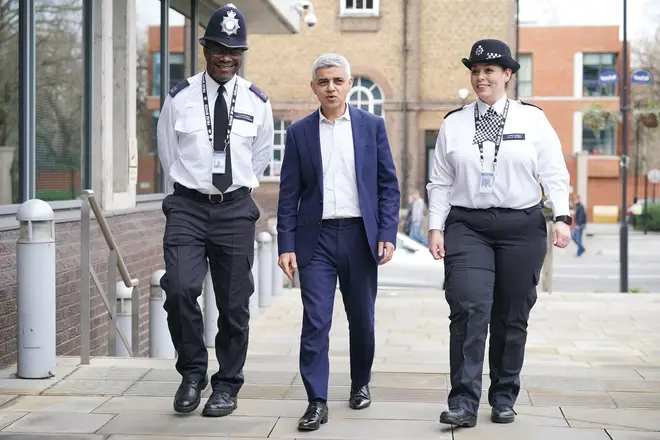
Ms Hall said: "In typical Sadiq Khan fashion, this pointless, costly, virtue signalling project is costing Londoners £6.3m. Instead of fixing the central line, getting a grip on crime on the tube and on our streets, he’s focusing on his own PR.
"We've had enough of this, it's time for a change."
Others also hit out at the changes, with some suggesting that the money could have been spent on improving services.
One person said on Twitter: "I thought this was a joke! It’s not.
Another asked: "Why don’t you fix the Central line instead of naming the Overground line as if that were a problem?
A third said: "I really did have to double check it wasn’t 1st of April today".
But John Bull, editor of transport website London Reconnections, said giving the lines names and colours was "an overdue change".
He told the PA news agency: "One of the real benefits that the Overground has brought is the ability to drive traffic that isn't local to interesting places in Zone 2, Zone 3 and beyond.
"But if it's not a familiar journey you can't just say 'I'm going to get on the orange line'. You have to know how they interconnect."
Mr Bull predicted that "people will grumble and moan about the names" but that has happened for "every single line that has been given a name over the years".
He added: "Frankly, it's nice to have some stuff that represents things that have changed the lives of Londoners, among the references to queens that have tended to accrue up until now."
The most recent major naming of a rail line in London was the Elizabeth line after Queen Elizabeth II, which opened in May 2022.